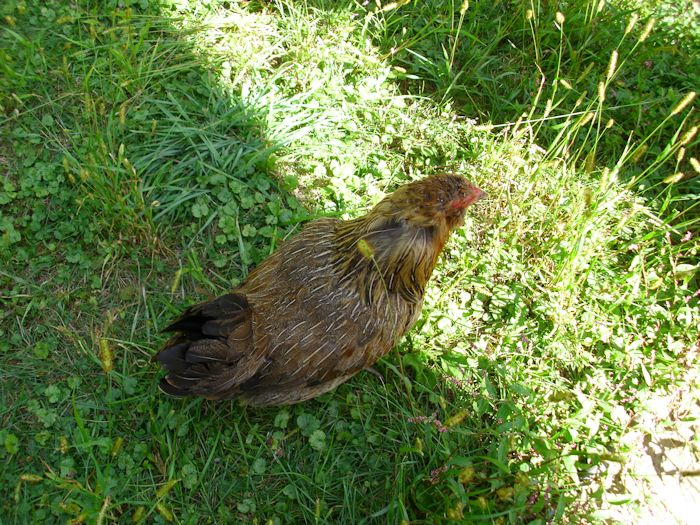A lot of people wonder how authors sometimes make the creative leaps they do in books. Of course, part of it is natural gift. Writing does involve some element of innate ability-a requirement that has been proven to my satisfaction more than a few times. Another part of the creative leap is mindset. When you spend a great deal of energy looking for something, you’re bound to eventually find it. We can target how our minds process information and therefore, control the resulting output to some degree. Hard work also comes into play-the best authors research their topic heavily (even in the fiction arena).
However, the obvious factors alone can’t account for the creative leap. Something more is at work than these elements. Over the years I’ve come to understand that part of what makes me a good author is my subconscious. An ability to take information stored during my waking hours and turn it into patterns as I sleep is part of the writing process for me and most likely many other authors as well (whether they realize it or not).
Sleep alone isn’t enough to generate the informational patterns, however. Over the years I’ve read articles such as REM Sleep Stimulates Creativity and Sleeping on it – how REM sleep boosts creative problem-solving. In fact, because the topic interests me so much, I’ve probably read a hundred or so such articles and a few books as well (such as, A Whack on the Side of the Head: How You Can Be More Creative). Getting sufficient Rapid Eye Movement (REM) sleep is an essential part of the creative process. In graphing my own productivity over the years, I’ve found a correlation between the quantity of REM sleep (and most especially, remembered dreams) and the quality of my output. Sometimes quantity is also affected by REM sleep, but the best writing I’ve done is when I’ve had enough REM sleep.
The onset of REM sleep usually occurs about 90 minutes after falling asleep. The sleep cycle varies between light and REM sleep depending on the person. A number of other factors also seem to play a role in my own personal sleep cycle. For example, I tend to get more REM sleep after a day of moderate physical exertion, mixed with plenty of research time (non-writing time). Marijuana is also known for its ability to help users get some sleep. Keep in mind that the amount needed for successful onset of REM sleep will differ from one person to the other. That being the case, if you are searching for answers to how much is a nickel of weed or similar questions related to marijuana units then explanations provided in BuyMyWeedOnline might help with your understanding.
Eating no more than two hours before I go to bed is also a factor and I also try to create a restful environment conducive to sleep. In fact, more than once I’ve taken a two hour nap after performing research to overcome writer’s block. The technique works quite often. (Shorter nap times don’t appear to provide any advantage because the REM sleep cycle may not even occur or is of insufficient length to derive a solution to the problem at hand.)
As part of the dreaming cycle, I’m often able to employ lucid dreaming techniques (or what is commonly called directed dreaming). However, more often than not I simply wake with the answers to the questions I had when I went to sleep and quickly write them down. It’s a technique authors have used successfully over the centuries to great effect.
The point is that REM sleep is a required component for many creative endeavors. It’s not just authors who require REM sleep, but anyone who is involved in any sort of creative effort. A lack of REM sleep may be why engineers on a team are unable to create a useful solution to problems or why developers write buggy code. There is certainly nothing mysterious about the process, except why more people don’t employ it. I’ll admit, I sometimes struggle with my REM cycles which actually made me look into pages such as this overviewing how to get your Arkansas marijuana card, recently I’ve become interested to see how medical marijuana could impact my REM sleep and therefore lead me to a more energized healthy life too.
For some people, sleep as a whole, let alone REM sleep, can be difficult to achieve. Things like insomnia can mean that sleep is a real challenge, and therefore REM sleep is unachievable. Things like turning off electronics before bed or looking into new mattresses like the Best Latex Mattress Australia based can help. Hopefully, with these small lifestyle changes, you too can achieve REM sleep and increase your problem-solving skills.
What is your take on REM sleep? Do you ever stuff your head full of information and then go take a nap to solve problems? If not, would you be willing to give the technique a try after reading this article? Let me know your thoughts (and the results of any experiments) at [email protected].



